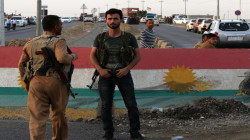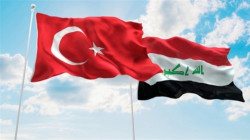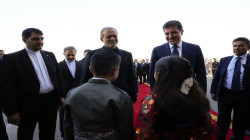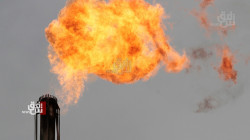Does Iraqi Kurdistan Need Another No-Fly Zone?
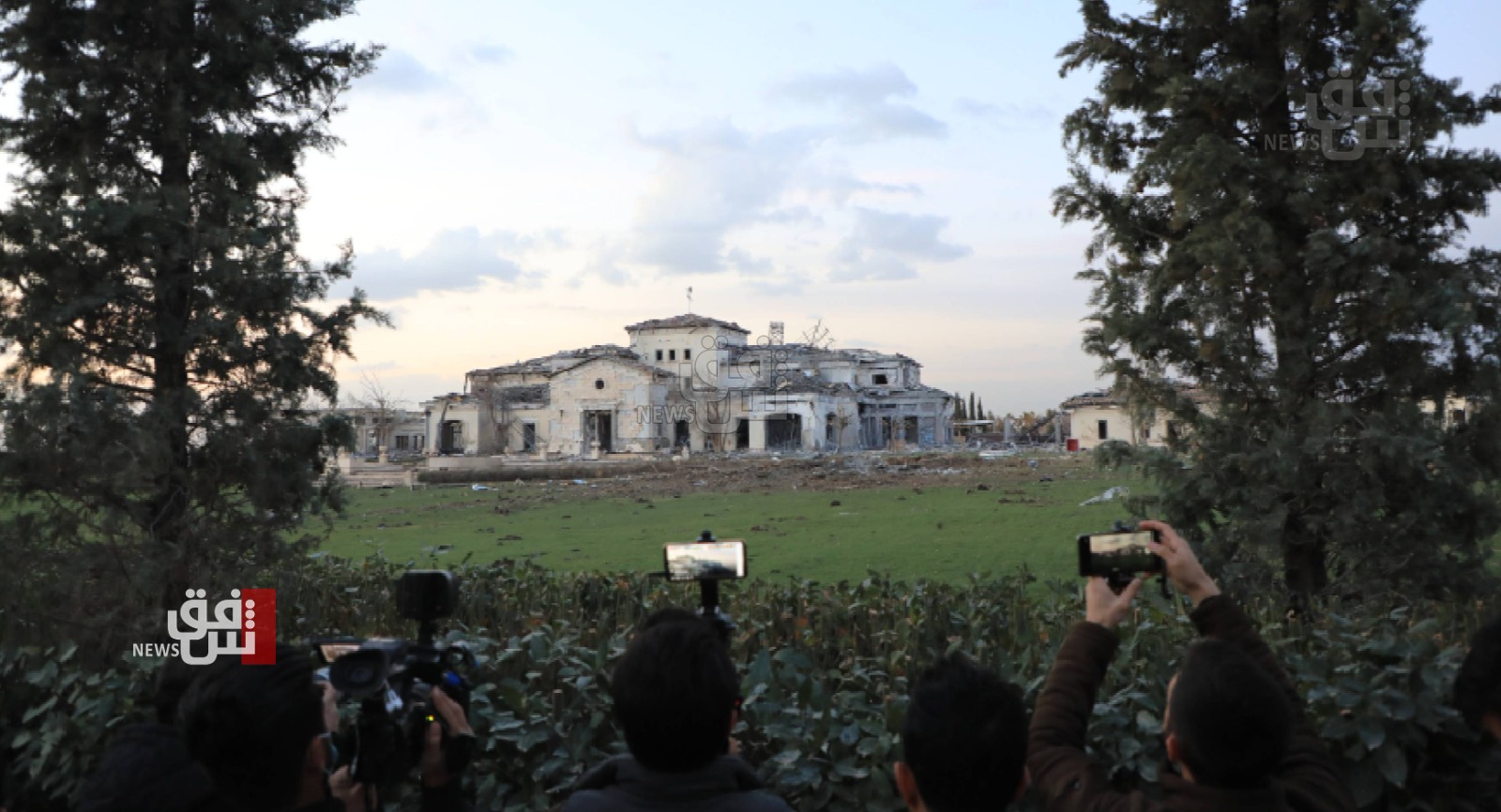
Shafaq News/ Iran’s ferocious drone and missile attack on Iraqi Kurdistan on Sept. 28 has led some to suggest that the autonomous region needs a new protective aerial umbrella, perhaps not unlike the one that shielded it from Iraqi air attacks in the aftermath of the 1991 Persian Gulf War until 2003. But the nature of recent Iranian attacks is substantially different from what that no-fly zone guarded against.
Iran’s Ever More Deadly Attacks On Iraqi Kurdistan
On Nov. 9, 1994, four Iranian warplanes, likely F-4 Phantom IIs, penetrated Iraqi Kurdistan’s airspace and bombed a camp belonging to the Kurdistan Democratic Party of Iran (KDPI) in Koi Sanjaq, also known as Koya. The airstrike killed three KDPI fighters and a civilian woman.
In those days, Koya was under the no-fly zone carved out by the United States, the United Kingdom, and France after the Gulf War to protect Iraqi Kurds from Saddam Hussein’s warplanes and helicopter gunships. But these powers did nothing in response to that Iranian airstrike, likely not wanting to deviate from their singular stated objective of defending the Iraqi Kurds against Saddam’s airpower.
On Sept. 8, 2018, just under 24 years later, Iran subjected a KDPI base in Koya to another attack. Unlike the fall 1994 airstrike, Iran fired seven Fateh-110 ballistic missiles at the site on that occasion, killing 18 and injuring 50. It was an unprecedented attack. While Tehran did target the People’s Mojahedin Organization of Iran (MEK) group in western Iraq with ballistic missiles in the 1990s and early 2000s, it never used such missiles in its attacks on Iraqi Kurdistan during that same period.
In another unprecedented attack, Iran directly targeted the Iraqi Kurdish capital Erbil with another barrage of Fateh-110 missiles on Mar. 13, 2022. This time, however, it wasn’t targeting a Kurdish opposition group but the private civilian residence of Sheikh Baz Karim Barzinji, the CEO of the Iraqi Kurdish KAR gas company. Luckily those missiles did not kill anyone.
Then came the Sept. 28, 2022, attack. Iran used a mixture of armed drones and missiles to attack Koya, killing 13, including women and children, and injuring 58. Tehran launched a series of simultaneous attacks targeting other Iranian Kurdish opposition groups, Komala and the Kurdistan Freedom Party (PAK), throughout Iraqi Kurdistan.
Different Times, Different Threats
During the latest attack, the U.S. scrambled an F-15 Eagle to shoot down one of the drones that appeared to be on course to target American forces based in Erbil. The U.S. had tracked dozens of the missiles throughout the attack. (F-15s were similarly scrambled several times in recent years to defend the airspace around the U.S. base at Al-Tanf in southern Syria against Iranian drones.)
Repeated attacks like these in the coming weeks and months could necessitate the enforcement of a new no-fly zone or the deployment of missile defenses in the region.
Benard-Henri Levy, the French author and philosopher, suggested in the aftermath of the Sept. 28 attack that “the number one thing the west can do for the KRG (Kurdistan Regional Government)” is “protect the sky.”
He doubtlessly had the precedent of the 1991-2003 no-fly zone in mind when making this broad proposal. But the nature of the threat faced by Iraqi Kurdistan today is significantly different than the one of that time.
For one, unlike in 1994, Iran no longer uses its fighter jets for its attacks on Iraqi Kurdistan. The last alleged instance of Iranian warplanes attacking targets in Iraq was on Nov. 24, 2014, when Iranian F-4s bombed Islamic State militants in Iraq’s eastern Diyala province. As the above examples demonstrate, Iran relied on ballistic missiles and drones for its more recent attacks.
The U.S. briefly deployed a MIM-104 Patriot air defense missile system on the grounds of Erbil International Airport in the aftermath of the January 2020 Iranian ballistic missile attack – which left defenseless U.S. troops Ain al-Asad airbase in Iraq’s western Anbar province suffering from traumatic brain injuries.
That system wasn’t in Erbil during the March 13 attack. In the immediate aftermath of that attack, U.S. National Security Advisor Jake Sullivan said Washington was “in consultation with the Iraqi government and the government in Iraqi Kurdistan, in part to help them get the missile defense capabilities to be able to defend themselves in their cities.” However, it was unclear what he was referring to and no additional defenses are known to have been sent to Iraq since.
Scrambling fighter jets to intercept Iranian drones can help defend Iraqi Kurdistan against these threats. But it’s not a cost-effective way of doing so since simple Iranian drones like the Shahed-136 loitering munition, which can be used in significant numbers for a single strike, apparently cost as little as $20,000 per unit. On the other hand, an AIM-120 air-to-air missile fired from an F-15 costs at least $1 million each.
Patriots are also in short supply these days, given the increased need for them in Europe following Russia’s Feb. 24 invasion of Ukraine. Nevertheless, the U.S. or its allies could potentially station at least one of their batteries in Erbil to defend against a repeat of the March 13 attack or worse, especially if these attacks keep recurring into the near future.
U.S. short-range counter rocket, artillery, and mortar (C-RAM) systems effectively defend against short-range rockets and small drones of the kind Iran-backed militias have fired at Erbil in recent years. Perhaps deploying an additional number of these to parts of Iraqi Kurdistan, such as the Khor Mor gas field these militias have repeatedly targeted in recent months, could offer additional, albeit limited, protection against such recurring threats.
There are no easy solutions. Those proposing something like a new no-fly zone for Iraqi Kurdistan should remember that the nature of the present threat is significantly different from the one the autonomous region faced at the turn of the century.
Source: Forbes
